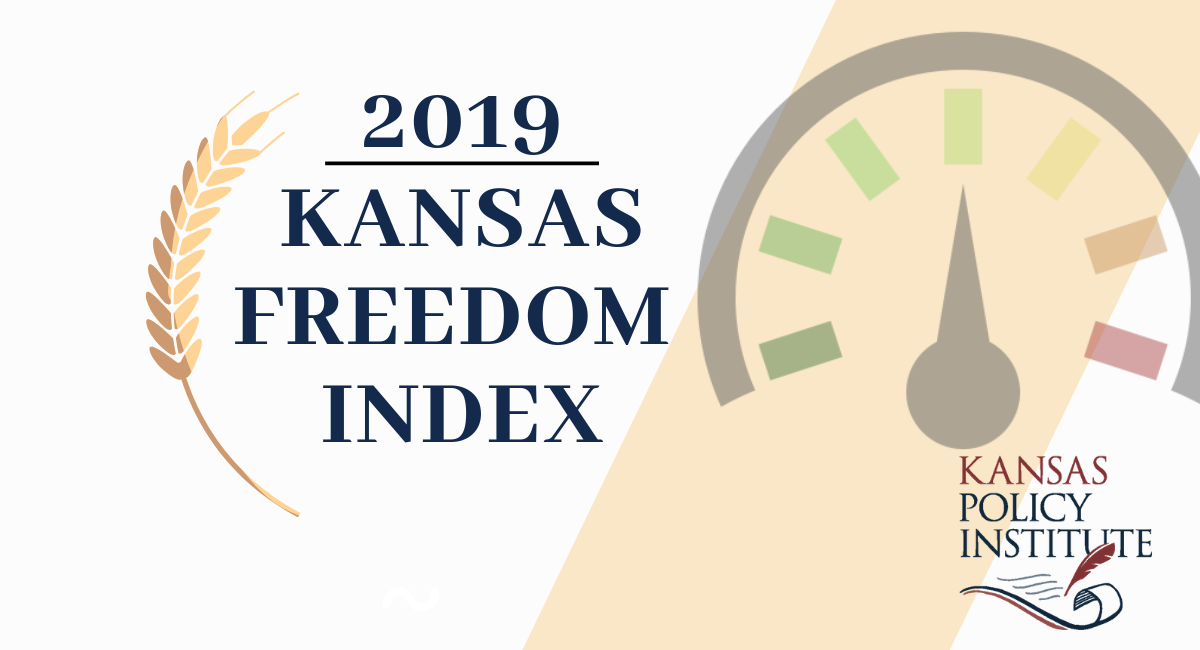The Kansas Department of Commerce last week preliminarily approved the use of STAR bonds to finance two Johnson County projects that are likely to compete with each other. The Mentum project in Olathe would include a 4,000-seat ice arena, retail, restaurants, offices, and 250 apartments. A 3,500-seat ice arena is the proposed centerpiece for the BluHawk development, a multi-sport and retail complex in Overland Park.
STAR bonds allow developers to use 20-year bonds to build a development and use state and local sales taxes generated by the projects to pay off the debt. The state incentive program was created to help finance the Kansas Speedway.
“STAR bonds are supposed to be utilized for projects of regional importance. When I helped create the legislation for the Speedway, there wasn’t another NASCAR race track within 500 miles,” said former state Sen. Karin Brownlee, an Olathe Republican.
Now it appears there may be two competing ice arenas within 10 miles of each other financed using taxpayer incentives.
“Over the years, the STAR bond program has been diluted,” Brownlee said. “That’s very unfortunate.”
Now an Olathe City Council member, Brownlee cast the lone vote against providing council support for using STAR bonds on the Mentum development.
As initially designed in 1998, STAR bonds are to assist in financing projects that will draw tourists. STAR-bond financed developments should attract at least 20 percent of visitors from out-of-state, and 30 percent should be from more than 100 miles away. They should also compare favorably to existing state attractions and be considered a “major, unique, destination attraction.”
“That’s one of my issues with Mentum, too. That doesn’t meet the statute. STAR bonds are supposed to be utilized for regional importance,” Brownlee said.
Developers told the Olathe council that the arena development will create more than 3,000 jobs and attract more than 1.5 million visitors, including more than half-a-million from outside the region. It’s not the first time Olathe officials have heard a similar story.
The Mentum project is slated for 112-acres at 151st and Interstate 35, the site of the former Great Mall of the Great Plains. The mall also was developed to attract shoppers to Olathe. Built for $110 million in 1997, its developers called it a tourist attraction, saying it would draw more than 500 motor coaches per year and produce $200 million in annual sales. In its best year–its first–the mall boasted a little more than $104 million in sales. Olathe officials ponied up property tax abatements to assist in its construction. The abatement ran out in 2004. The Great Mall of the Great Plains sold for $20.5 million in 2009 and closed in 2015. By 2016, nothing but a grassy field, one free-standing retail store, and a parking lot remained.
Brownlee doesn’t want to see Olathe repeat the mistakes of the past with another struggling property on the same site. She also worries that Mentum developers are seeking other forms of taxpayer incentives, like TIFs, to finance construction.
“I’ve heard a growing voice from the public that says we’re concerned that people with a lot of money are developing and they’re getting incentives,” Brownlee said before she cast her ‘no’ vote.
Overland Park’s BluHawk development, at 159th and U.S. 169 Highway, also seeks to use additional tax incentives. That’s the reason two of its council members, Faris Farassati and Gina Burke, voted against offering city approval of the BluHawk developer’s STAR bond application. Nearly a third of the project would be financed using tax subsidies, including Transportation Development District funds, Community Improvement District financing, and $63 million in STAR bonds.
Developers must seek local buy-in from a city council to submit an application to the Kansas Department of Commerce for STAR bonds. Both Olathe and Overland Park councils recognized the proposed developments are likely to compete with one another.
The Overland Park project is a new phase of a project that’s already partially constructed. It includes some retail, a hospital, and apartments, factors which Overland Park Mayor Carl Gerlach said would give BluHawk an edge for Commerce Department approval. Olathe Mayor Michael Copeland told the council he’d spoken to several financiers and most thought that only one would be built in Johnson County.
“The community can’t support two,” Copeland said.
The Commerce Department approved the use of STAR bonds for both projects, but that won’t be the final word. Developers must conduct feasibility studies and hash out formal agreements before STAR bonds are finalized. There’s little legislative oversight in the STAR bond process, though that’s something Sen. Julia Lynn, an Olathe Republican, would like to change.
“The idea is the state is a silent partner in all of these projects,” Lynn said. She serves as the chair of the Senate’s Commerce Committee. “As a silent partner, we contribute the most in tax deferrals. We’re the ones who get hit the hardest. That’s what the problem is.”
STAR bonds are just one of several tools in the state’s economic development toolbox. However, lawmakers have little idea whether the tax credits and programs like STAR bonds are accomplishing their aims.
“Right now, the Secretary (of Commerce) has total discretion over who receives STAR bonds,” Lynn said. “There is really no oversight of economic development incentives, and STAR bonds are the most egregiously left out of any kind of legislative oversight.”

The effectiveness of the STAR bond program is a mixed bag. Developers for Kansas Speedway, part of the Village West development which includes Nebraska Furniture Mart, paid off its bonds on the project in 2016, a full five years early. Lynn and Brownlee agree the Speedway development is a success. Other state projects haven’t been as successful. For example, the Heartland Park Racetrack received STAR bonds to renovate the track in 2007. By 2012, the city of Topeka was supplementing payment of those bonds using general obligation bonds. The Museum at PrairieFire in Overland Park didn’t collect enough in sales taxes in 2015, 2016, or 2017, to pay down its STAR bonds. Instead, developers tapped reserve funds to make payments.
Lynn calls it a “failed project.”
“That could have been built without STAR bonds, and it should have been built without STAR bonds,” she said. Prairiefire includes a dinosaur museum along with retail and restaurants and a movie theater that was recently purchased by a competitor.
“That museum was not a major tourist attraction,” Lynn said.
Developers are required to submit annual reports to the Kansas Department of Commerce, but some of the critical pieces of accountability information are missing in many cases. For example, the 2017 report includes financial reporting for eight projects, including Heartland, the Boot Hill Museum and Heritage Center and Lagoon Water Park, a Goddard Aquatic Center, Prairiefire, and the Wichita Riverwalk. Most developments didn’t report the number of visitors. Each said they didn’t have sufficient data to estimate the number of visitors from out-of-state.
Lynn, with the help of Augusta Republican Rep. Kristy Williams, helped push legislation this year to ensure regular legislative post audit reports to review and analyze all of the state’s economic development programs. The new statute will also require the state to establish a public incentive database. She hopes the STAR bond program is first on the list of development tools to receive a post-audit report.
Next year, Lynn hopes to advocate for legislation that will increase the local share of bond contributions.
“How do we literally protect the state’s interests for these projects that are purely local and that aren’t really following the statutory intent of the STAR bond program?” Lynn said. “It has to be a major tourist attraction, so these other small projects are not nearly what legislative intent was meant to produce.”



